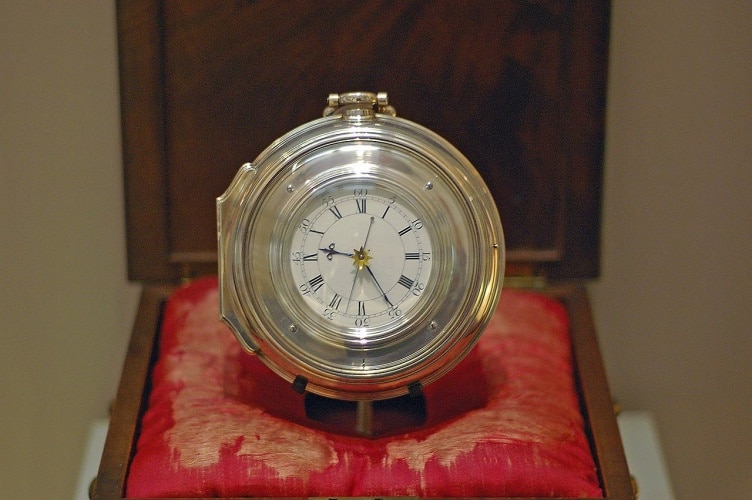My friend Bill is a retired mechanical engineer. He likes to reminisce about a time he found an elegant solution using only old techniques and things they had on hand, instead of launching a project like the company had asked. He got called in by his boss. “Bill,” he said, “you are the laziest engineer I have ever met.” Bill says it was the greatest compliment he’s ever received.
The word ‘engineering’ has its roots in the Latin word for cleverness, or ingenuity. It is about the clever solution, often about retooling what we have just enough to solve the next complex problem. Freeman Dyson, theoretical physicist and mathematician, put it another way, saying, “A good scientist is a person with original ideas. A good engineer is a person who makes a design that works with as few original ideas as possible. There are no prima donnas in engineering.” Innovation has many parents, and in engineering, grandparents, second-cousins-once-removed, and the funny next-door-neighbour often come to help.

The Longitude Prize’s call for a cost-effective, accurate, rapid, and easy-to-use test for bacterial infections has all the elements of a great engineering problem. It has a lot of constraints, takes place in a complex social context, and sits at the intersection of endeavours as different as industrial manufacturing and an individual doctor’s choice of treatment for a patient. Most importantly, it is a problem that demands practicality. Its ultimate success will not be realised until the final product is used by medical personnel across the globe. Testing for and treating bacterial infections are not new techniques; the Longitude Prize asks for a better way to do these as antibiotic resistance rises. It asks us to use what we have in clever ways and come up with something new. It asks us to innovate. Engineers’ natural inclination to look at what’s available, put some brains on it, and then run is well-suited to this sort of endeavour. In Where Good Ideas Come From: The Natural History of Innovation, Steven Johnson reminds us: “The trick to having good ideas is not to sit around in glorious isolation and try to think big thoughts. The trick is to get more parts on the table.”
”A good scientist is a person with original ideas. A good engineer is a person who makes a design that works with as few original ideas as possible
Freeman Dyson
The Queen Elizabeth Prize for Engineering reminds us of the possibilities of these parts. The QEPrize celebrates the engineers responsible for ground-breaking innovation that has been of global benefit to humanity and seeks to inspire young people to become engineers. Its scale and reach remind us that the world we have is built on the efforts of others – and that others have a great deal to teach us. The first cycle’s winners built the framework on which the internet and the World Wide Web rest today. It is because of their efforts, and those who came after, that the Longitude Prize and the QEPrize can reach their global audiences in the blink of an eye. Those pioneering engineers took Johnson’s metaphorical table and gave each one of us a seat.
Many American engineers choose to take an oath called The Obligation of the Engineer; in it, each engineer is reminded that “Were it not for this heritage of accumulated experiences, my efforts would be feeble.” Part of the beauty of a grand challenge like the Longitude Prize is that we don’t know where the solution will come from. It could be a large pharmaceutical company, drawing on its internal resources and connections to academia; and it could be a team of inspired students in different parts of the world, collaborating in between classes, on an open design scheme using resources made available by copyleft believers. But no matter where this solution comes from, it will take many more contributions from engineers around the world to deliver it to its final success.
Rosary Abot is a Corrosion Engineer from BP on secondment to the Queen Elizabeth Prize for Engineering. The QEPrize tweets at @QEPrize





Glasgow trial explores AR cues for autonomous road safety
They've ploughed into a few vulnerable road users in the past. Making that less likely will make it spectacularly easy to stop the traffic for...